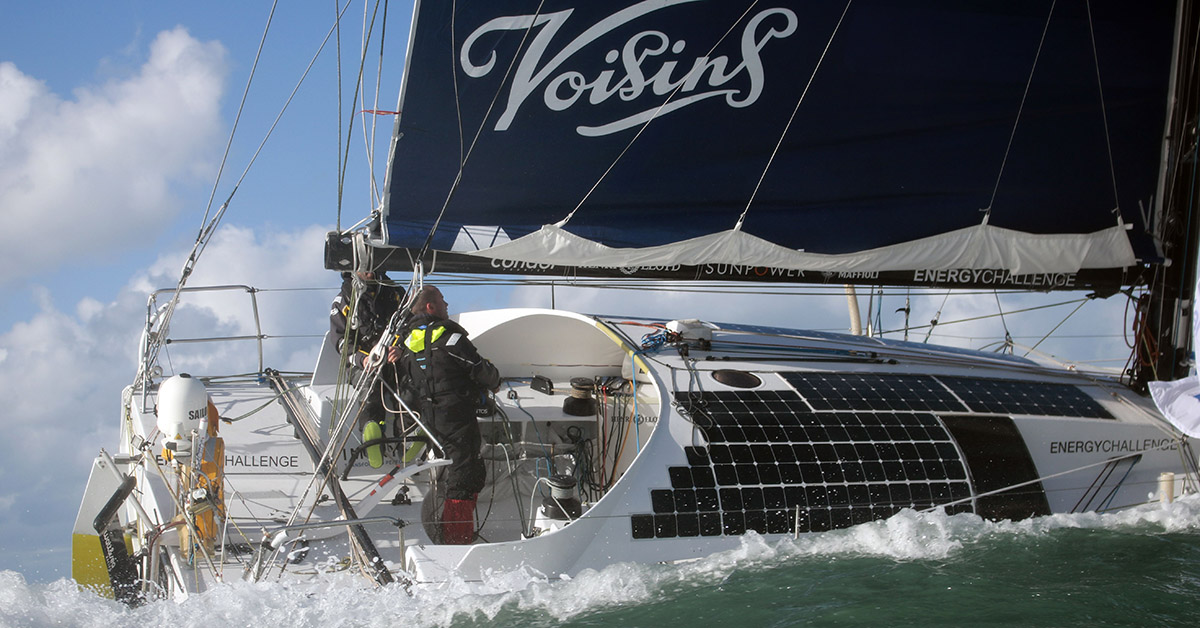Fish
Jet Boat Addict
- Messages
- 143
- Reaction score
- 94
- Points
- 97
- Boat Make
- Yamaha
- Year
- 2017
- Boat Model
- Limited S
- Boat Length
- 24
Could kindly use some help from the folks here. I have searched the threads and really can't find the answer I'm looking for (sorry in advance if there is one I didn't; see).
I have the solar panel model in the picture below. I heard of someone using this (placing it on top of the boat cover) while the boat is parked at the dock to keep the batteries charged and you can keep the auto bilge pump on.
1) Will this model work?
2) If so, which of the two batteries do you connect it to (2017 242 LTD S with two batteries)?
... 2a) Also which battery is the house battery and the starter battery?
I live in southern CA so there will be plenty of sunshine in the summer while the boat is docked in the slip.
Sorry for the VERY elementary question and being so inexperienced on this topic.
Thanks in advance for anyone that can help!
I have the solar panel model in the picture below. I heard of someone using this (placing it on top of the boat cover) while the boat is parked at the dock to keep the batteries charged and you can keep the auto bilge pump on.
1) Will this model work?
2) If so, which of the two batteries do you connect it to (2017 242 LTD S with two batteries)?
... 2a) Also which battery is the house battery and the starter battery?
I live in southern CA so there will be plenty of sunshine in the summer while the boat is docked in the slip.
Sorry for the VERY elementary question and being so inexperienced on this topic.
Thanks in advance for anyone that can help!
Attachments
-
1 MB Views: 64



